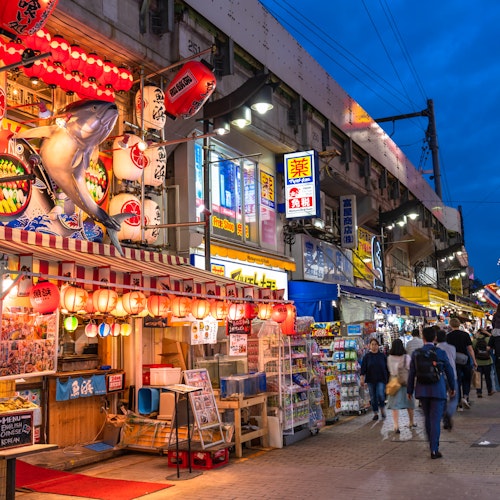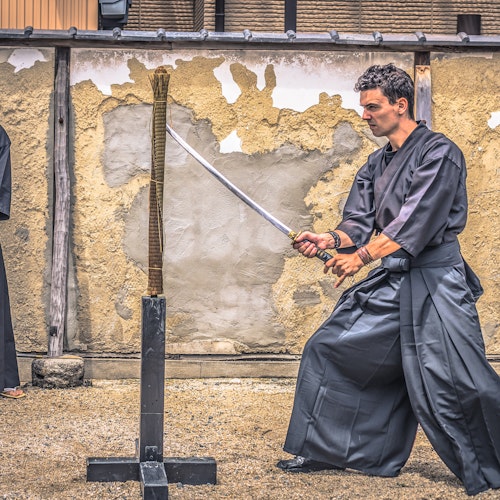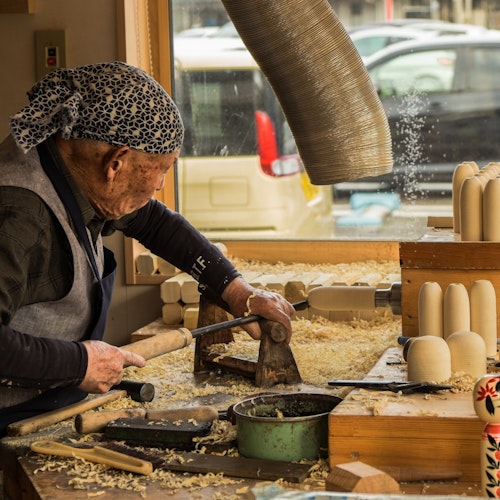
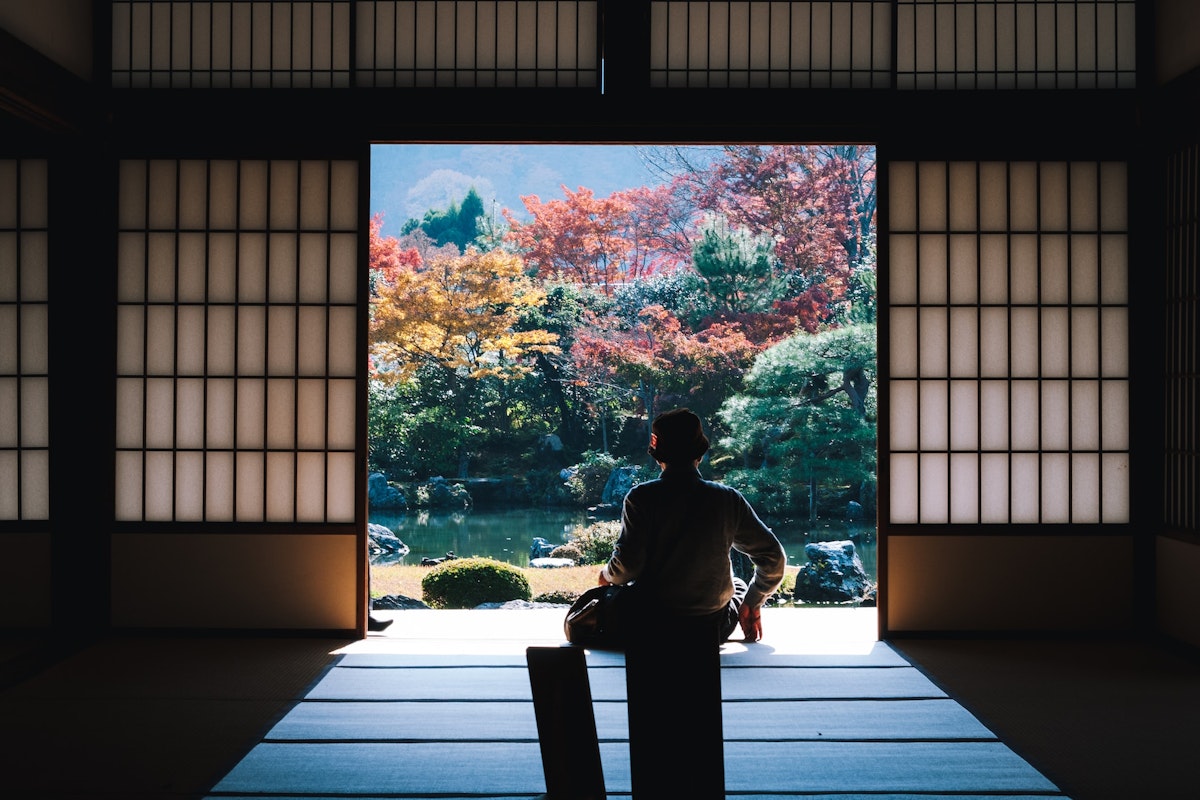
Traveling to Japan offers not just a journey across continents but also a journey back and forth in time. Every aspect of Japanese life presents a tantalizing dichotomy from ancient traditions to ultramodern innovations. This is especially evident in the wide array of unique and authentic accommodation options available to the intrepid traveler. Each presents an opportunity to immerse oneself in the local culture, offering far more than a mere place to rest your head.
In this article, we'll explore the inviting warmth of traditional Ryokans, the homely charm of Minshukus, the spiritual tranquility of temple lodgings, the futuristic efficiency of capsule hotels, the historical elegance of Kyoto's Machiyas, and the rustic appeal of farm stays. Whether you're planning your first trip to Japan or you're a seasoned traveler seeking new experiences, join us on this virtual tour of the most authentic accommodation experiences Japan has to offer. There's truly no better way to 'live' Japan than to stay in these places that embody the heart and soul of the country. Get ready to travel like a local and make your journey an unforgettable one.
Ryokans, the traditional Japanese inns, trace their origins back to the Edo period (1603-1868). Initially, they were established along Japan's highway system to provide respite to travelers journeying between Tokyo and Kyoto. Over time, they evolved into a unique accommodation experience, offering visitors a taste of the traditional Japanese lifestyle. Today, Ryokans are bastions of heritage, offering a deep-dive into the country's rich history and culture.
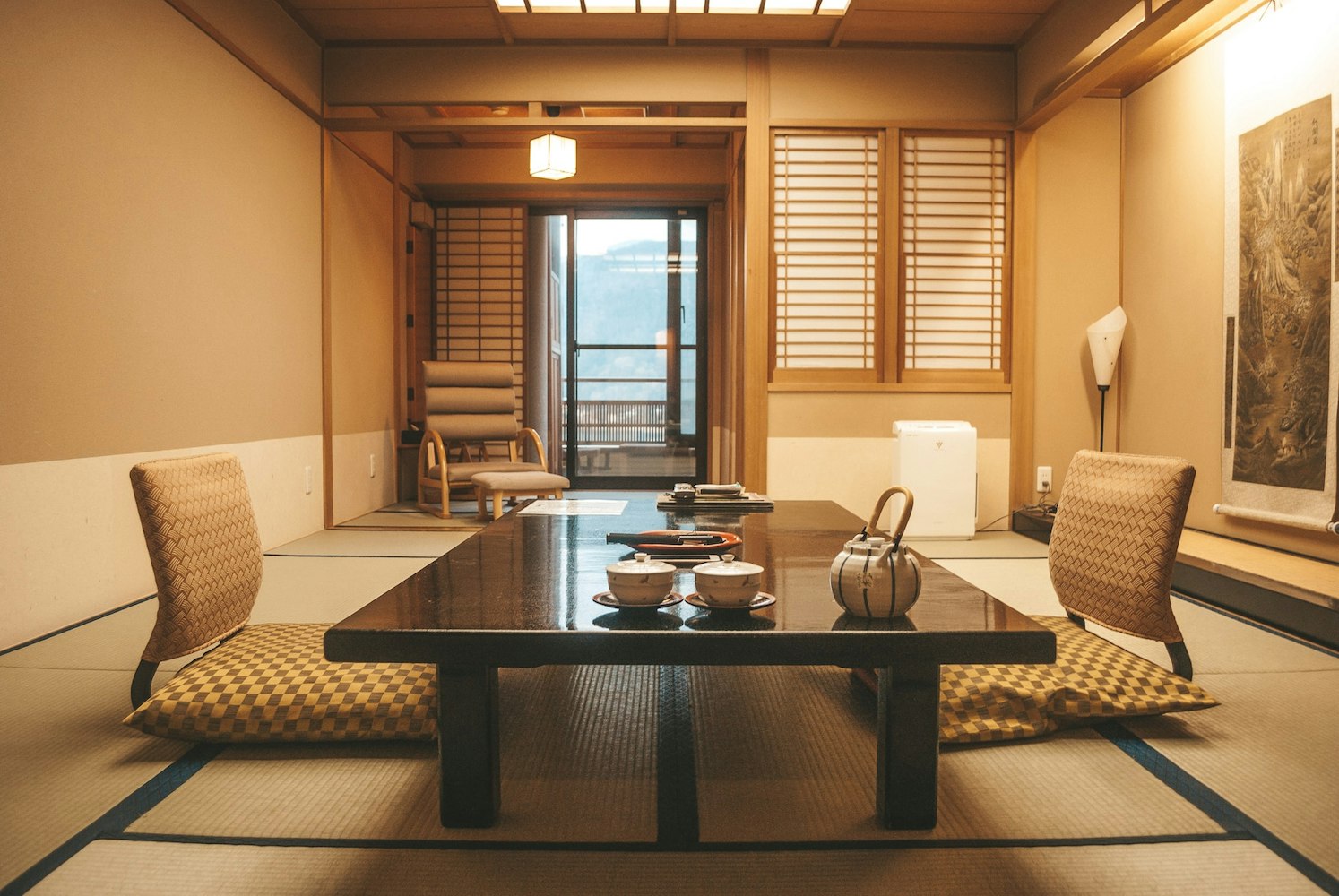
Ryokans encapsulate the wabi-sabi aesthetic, an integral part of Japanese philosophy that finds beauty in simplicity and transience. Upon entering a ryokan, you are greeted by an unassuming yet elegant architecture. Traditional features include tatami-matted rooms, sliding shoji doors, futon bedding, and a tokonoma, a decorative alcove displaying artistic or seasonal items.
Natural elements are paramount in Ryokan design. Many ryokans are constructed using local wood and feature tranquil inner gardens or views of the surrounding landscape. The minimalist design is aimed to bring focus to the natural beauty and create a sense of tranquility and peace, allowing guests to relax and rejuvenate.
The ryokan experience is a unique blend of tradition, hospitality, and tranquility. Upon arrival, guests are invited to shed their shoes - and by extension, their worries - at the entrance. The ryokan staff, with their warm smiles and humble demeanor, guide guests into the serene world of traditional Japan. The rooms in a ryokan are multi-purpose. During the day, it's a living area with a low table and zaisu (legless chairs), and come night, the space transforms into a bedroom with comfortable futon bedding laid out on the tatami floor.
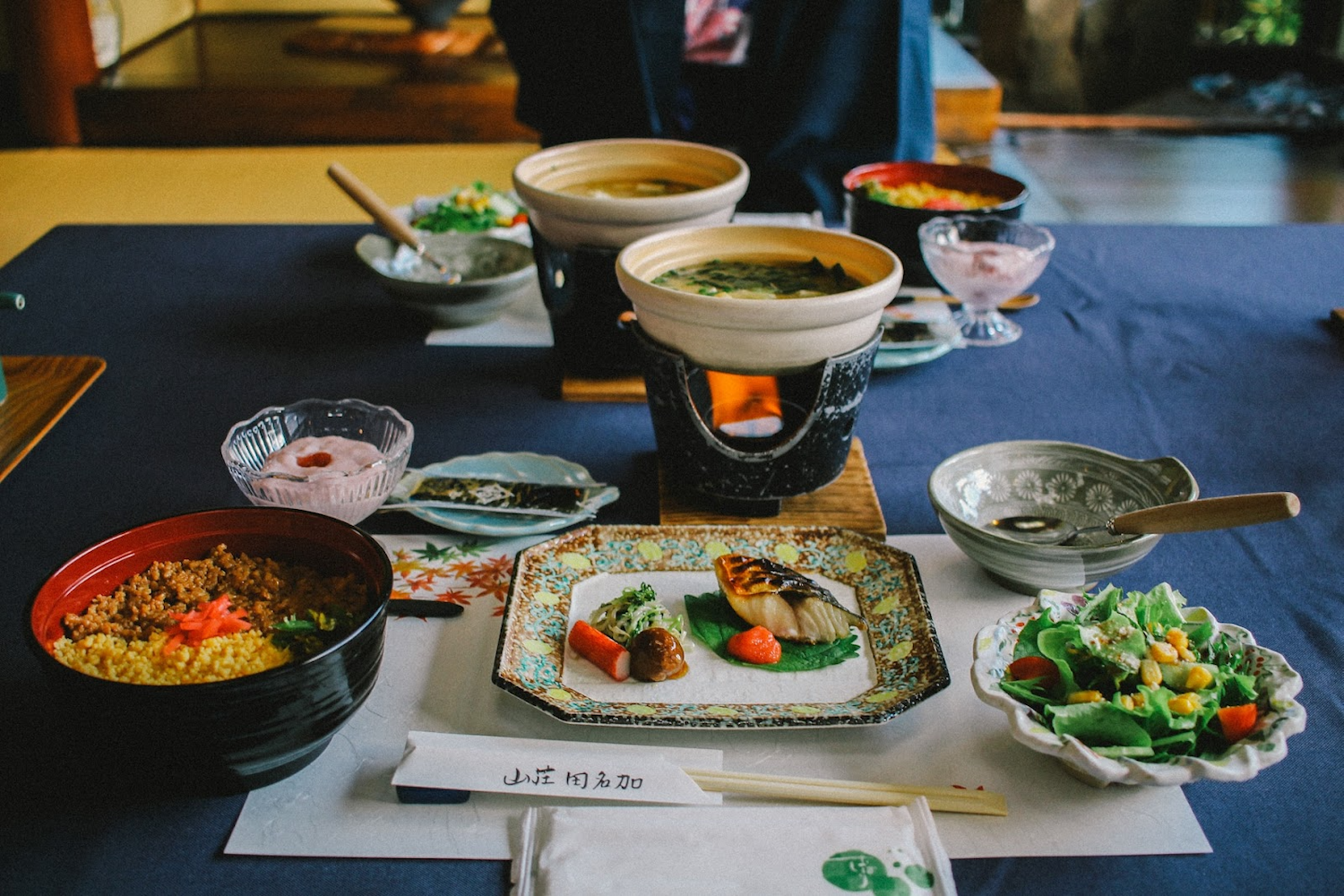
An integral part of the ryokan experience is the elaborate kaiseki meals, a traditional multi-course dinner showcasing the subtlety and diversity of Japanese cuisine. Ingredients are often local and seasonal, and every dish is aesthetically presented, reflecting the importance of balance and harmony. Ryokans often feature communal or private onsen baths filled with natural hot spring water. Bathing in an onsen is more than a cleansing ritual; it's a chance for spiritual rejuvenation and connection with nature.
Japan is home to numerous ryokans, each with its distinct character and charm. Tawaraya Ryokan in Kyoto, renowned for its impeccable service and refined ambiance, has been serving guests for over three centuries. Every aspect of Tawaraya, from its beautiful gardens to the artisanal tea served, tells a story of Japan's enduring traditions.
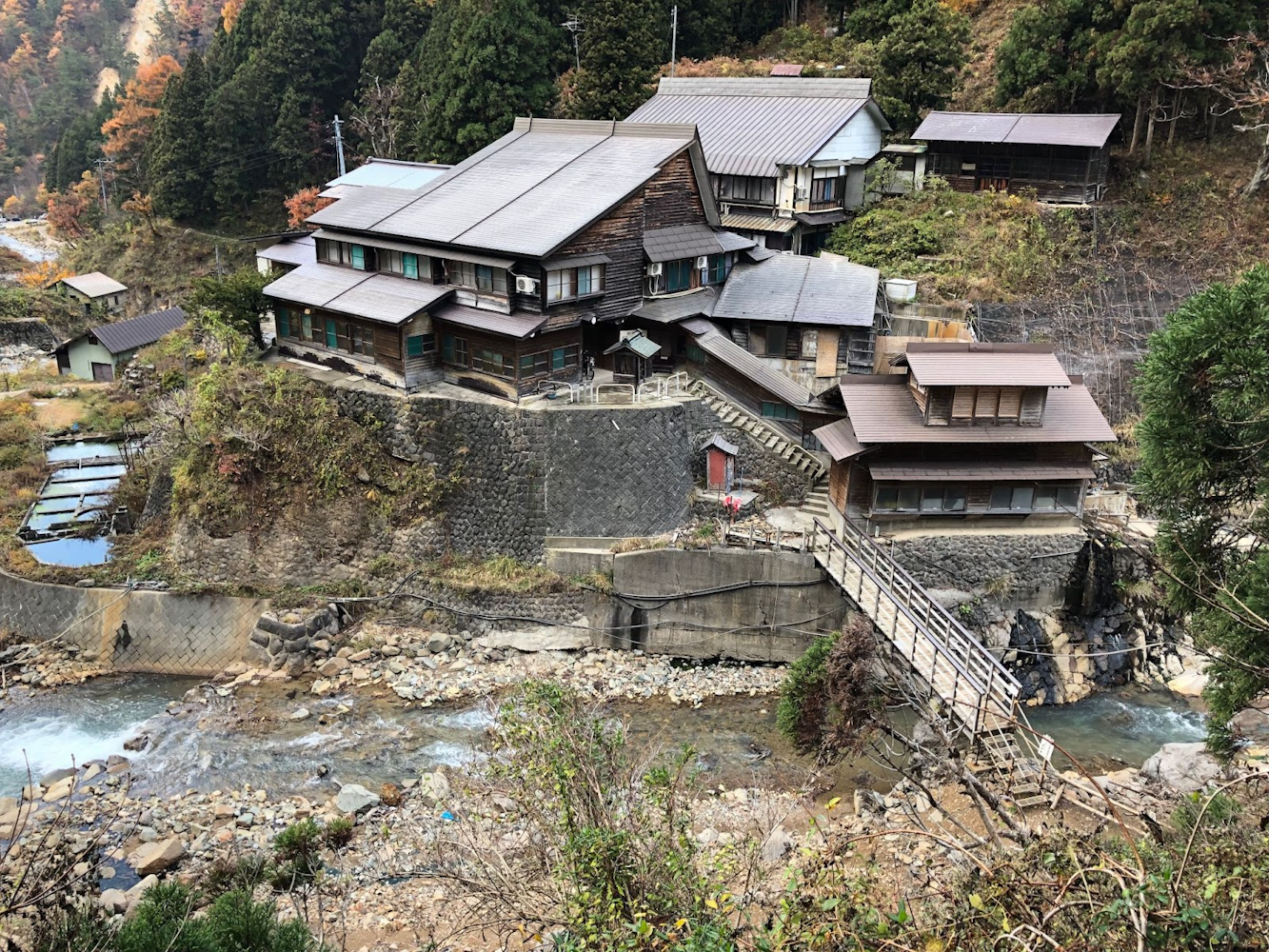
Image Credit: Wikimedia
In Hakone, Gora Kadan, a former imperial family retreat, offers an exquisite blend of traditional architecture and modern luxury. Guests can enjoy their private onsen while taking in the breathtaking views of the Hakone mountains. Another noteworthy ryokan is Jigokudani Onsen Korakukan in Nagano. Nestled amidst snow-covered mountains, it offers guests a unique opportunity to bathe in outdoor onsens, often in the company of wild snow monkeys!

See the snow monkeys with this tour.
Minshuku, the Japanese version of a bed-and-breakfast, provides a unique window into the country's culture and daily life. These family-run lodgings, often located in the countryside or seaside areas, offer a stark contrast to the impersonality of larger hotels. More than a place to sleep, minshukus serve as a warm invitation into the Japanese way of life, offering visitors an opportunity to truly become part of a local family.
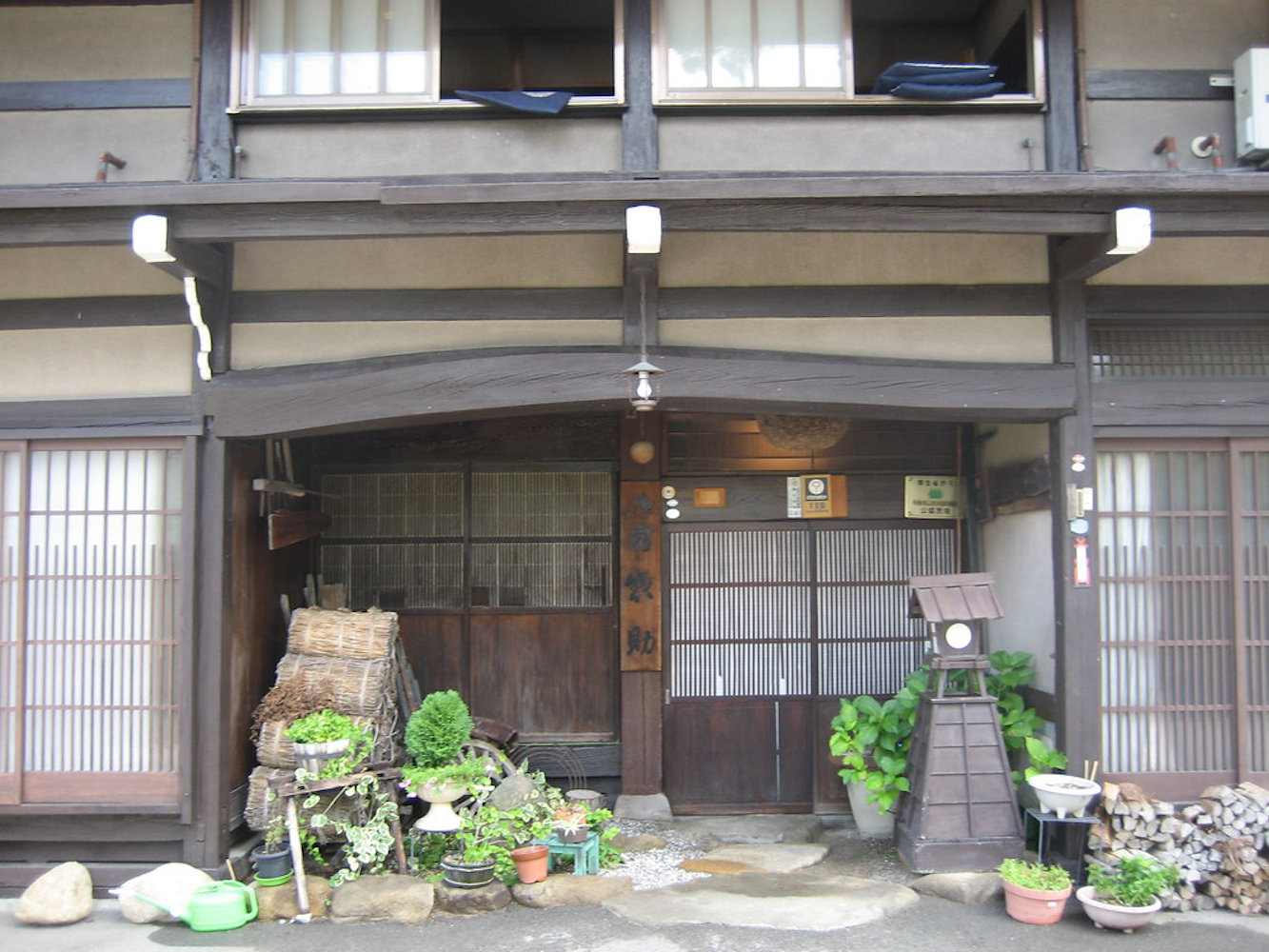
Image Credit: Naixn
Stepping into a minshuku, you immediately feel the warmth and homeliness that characterizes these lodgings. The rooms, while simple, exude a sense of tranquility, with tatami floors, futon bedding, and shoji sliding doors. Many offer views of meticulously cared-for gardens or scenic landscapes, adding to the peaceful ambiance.
One of the highlights of staying in a minshuku is the chance to enjoy home-cooked meals lovingly prepared by your hosts. These meals, often made with local and seasonal ingredients, offer a true taste of regional Japanese cuisine. From a hearty breakfast featuring fresh seafood to a traditional dinner complete with homemade pickles, each meal is a culinary journey. Beyond the food and accommodations, the real charm of a minshuku stay lies in the interactions with the hosts and fellow guests. These connections offer priceless insights into local customs, traditions, and stories that you won't find in any guidebook.
While each minshuku offers a unique experience, some have gained special recognition for their exceptional hospitality and distinctive charm. One such place is Minshuku Chikatsuyu in the Wakayama Prefecture. Nestled along the historic Kumano Kodo pilgrimage route, it offers a serene retreat for those seeking spiritual exploration.
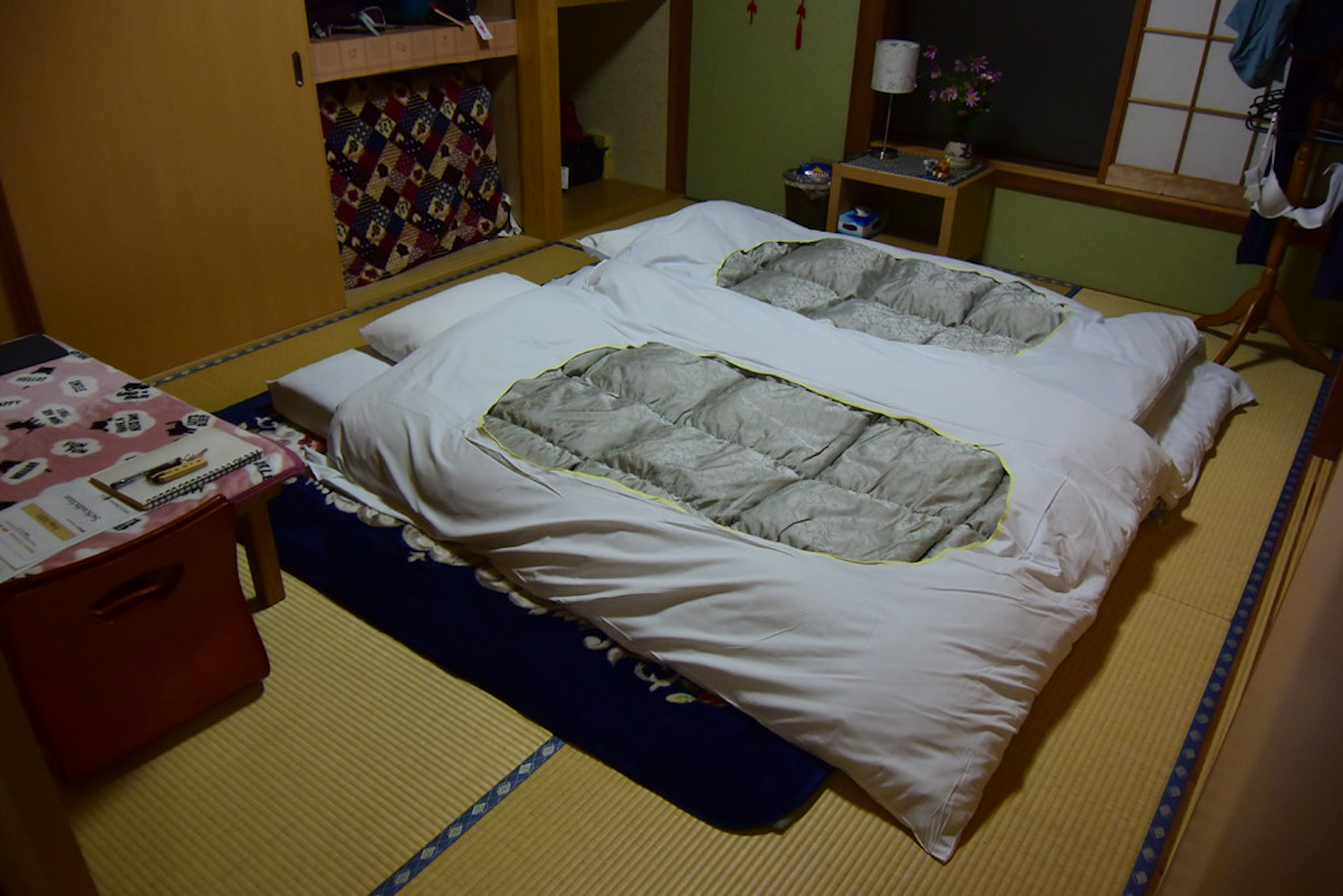
Image Credit: Steve Shattuck
Another notable minshuku is Aozukashokudo in Hokkaido. Here, guests can enjoy the dual delights of a cozy stay and a gastronomic adventure, as the owner is a trained sushi chef known for his delicious seafood dishes.
Shukubo, or temple lodging, offers an entirely unique and serene accommodation experience in Japan. Initially designed to host pilgrims and monks, these traditional lodgings, nestled within temple complexes, are now open to travelers seeking a spiritual retreat. A stay in a shukubo offers a rare chance to immerse oneself in the ascetic lifestyle of Buddhist monks, experiencing their daily routines and practices.
A day at a shukubo begins early, often before dawn, with the resonating gong of a bell summoning guests for morning prayers. This is followed by a session of zazen meditation, where you learn to clear your mind and focus your thoughts in the stillness of the temple environment. Meals in shukubo are typically shojin ryori, traditional Buddhist vegetarian cuisine.
The meals, made without meat, fish, or other animal products, are carefully prepared to balance taste, texture, and nutritional value. Shojin ryori is not just food for the body but also nourishment for the soul, teaching the Buddhist principle of mindfulness and respect for all living things. After the morning's spiritual activities, guests are free to explore the temple grounds, participate in temple chores, or venture out to nearby attractions. Evenings might include another meditation session or tea ceremony before retreating to simple, peaceful rooms for rest.
Japan is home to numerous temples offering shukubo stays. Among these, Mount Koya, or Koyasan, in Wakayama Prefecture, is perhaps the most famous. This sacred mountain is the heart of Shingon Buddhism and features over 50 shukubos for visitors to choose from. The experience of staying in Koyasan, surrounded by ancient cedar forests and steeped in spiritual history, is truly otherworldly.

Image Credit: A S
Another renowned location for temple lodgings is the temple town of Eiheiji in Fukui Prefecture. Founded by the great Zen Master Dogen, the town's main temple, Eiheiji Temple, offers shukubo accommodation where guests can immerse themselves in Soto Zen practices.
The inception of capsule hotels in Japan in the late 1970s marked a revolutionary turning point in urban accommodation. Originally devised as a convenient and affordable lodging solution for late-working businessmen, the ingenious concept of capsule hotels resonated far beyond its initial target audience. Today, these minimalist sleep pods cater to a wide demographic, ranging from budget-conscious tourists to adventurous locals, all seeking a unique, economical, and quintessentially Japanese lodging experience.
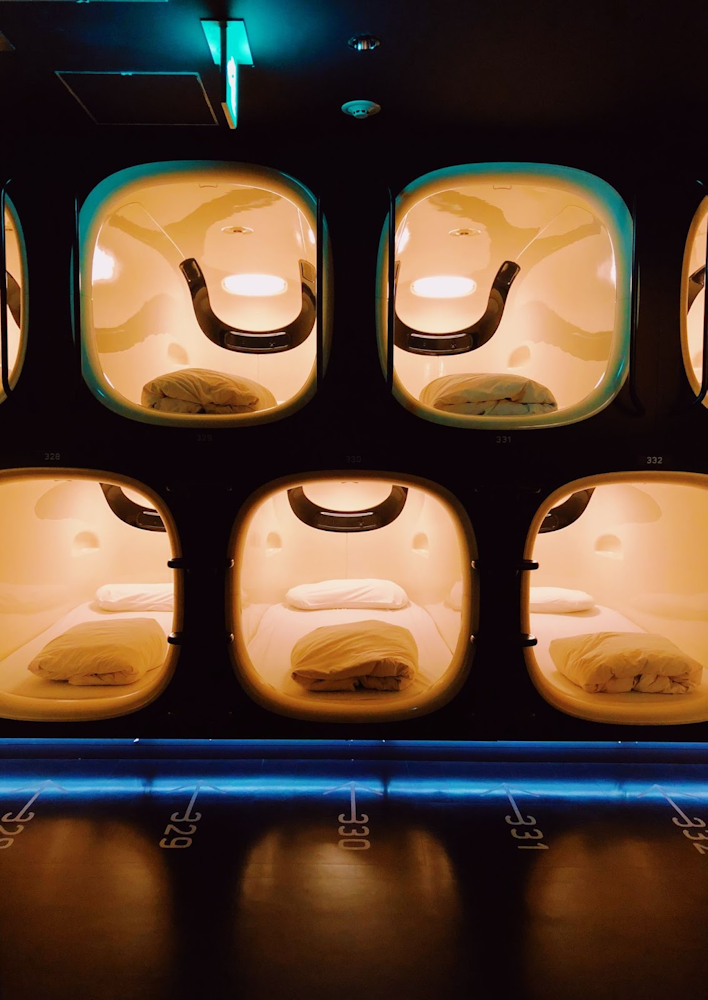
Stepping into a capsule hotel, you'll be greeted with rows of small, pod-like spaces stacked on top of each other. Each capsule, roughly the size of a single bed, is designed for optimal space utilization, providing a cozy sleeping area with essential amenities like lighting, power outlets, ventilation, and sometimes even a small TV.
Despite the compact sleeping quarters, modern capsule hotels often boast high-tech facilities. These can include automated check-in systems, public areas with free Wi-Fi, communal lounges, and bathing facilities. Some upscale capsule hotels also offer extras like saunas, massage services, and even robot staff.
While capsule hotels are a common sight in major Japanese cities, certain establishments stand out for their unique offerings. Nine Hours, a capsule hotel chain with branches across the country is renowned for its ultra-modern design and the eponymous "nine hours" concept, which simplifies a guest's stay into three basic needs: one hour to shower, seven hours to sleep, and one hour to rest.

Meanwhile, in the heart of Tokyo, Capsule Hotel Anshin Oyado takes the capsule experience up a notch. Aside from standard capsule amenities, it offers a public bath, sauna, and even massage services for ultimate relaxation. Another noteworthy mention is First Cabin, a luxury capsule hotel brand that mimics the exclusivity and comfort of a first-class airplane cabin, offering guests a blend of affordability and luxury.
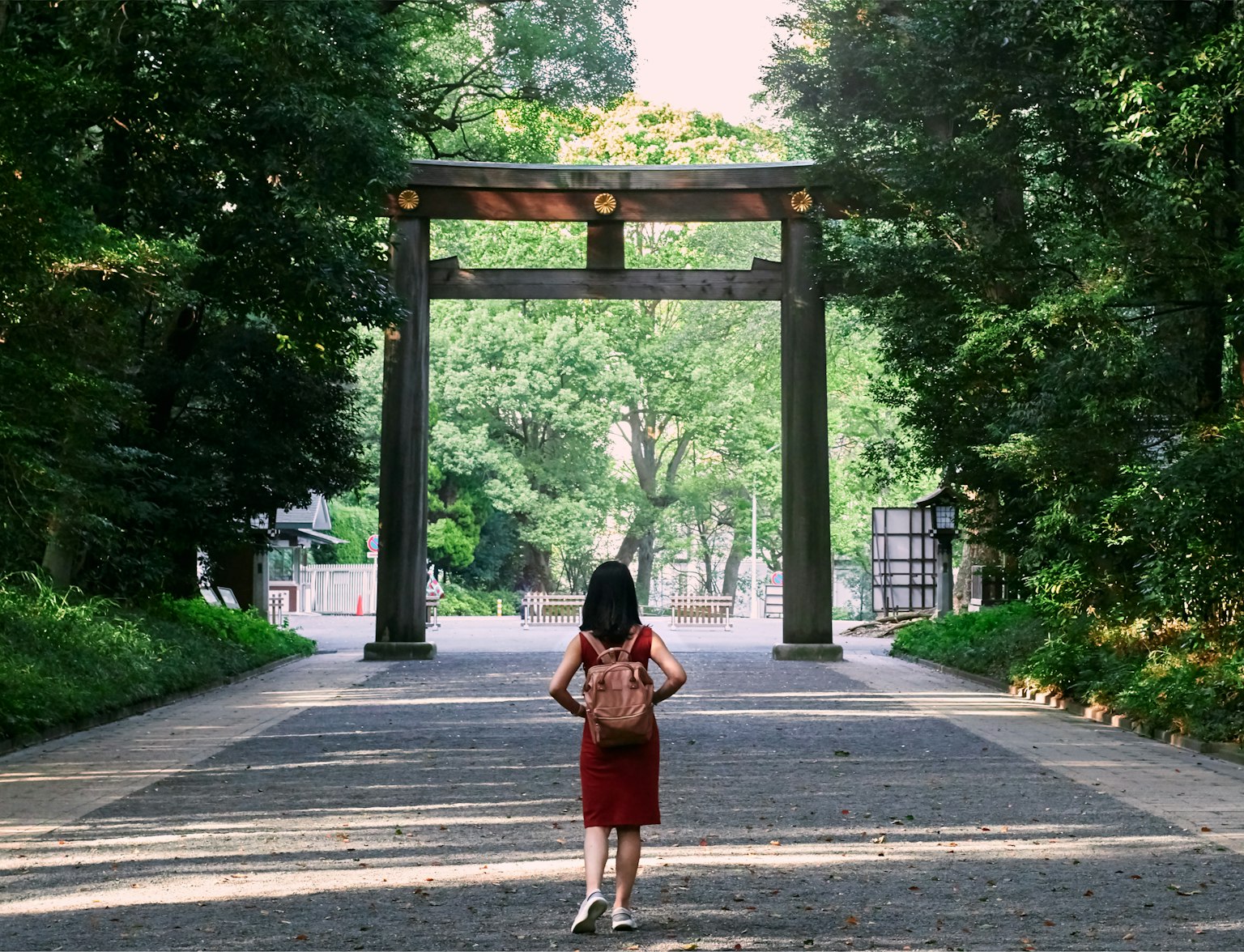
Explore Tokyo's iconic landmarks.
Machiya, traditional wooden townhouses synonymous with Kyoto's historic charm, offer travelers a rare opportunity to step back in time and immerse themselves in Japan's rich cultural heritage. Originating in the Heian period (794-1185), these structures were initially built as homes for merchants and artisans, with the front serving as a shop and the rear as a residence.
A typical machiya is a harmonious blend of aesthetic simplicity and functional wisdom. The wooden facade, adorned with lattice work, projects a modest yet inviting appearance. Inside, you'll find a labyrinth of rooms separated by fusuma (sliding doors) and shoji (paper screens), which can be reconfigured according to need.
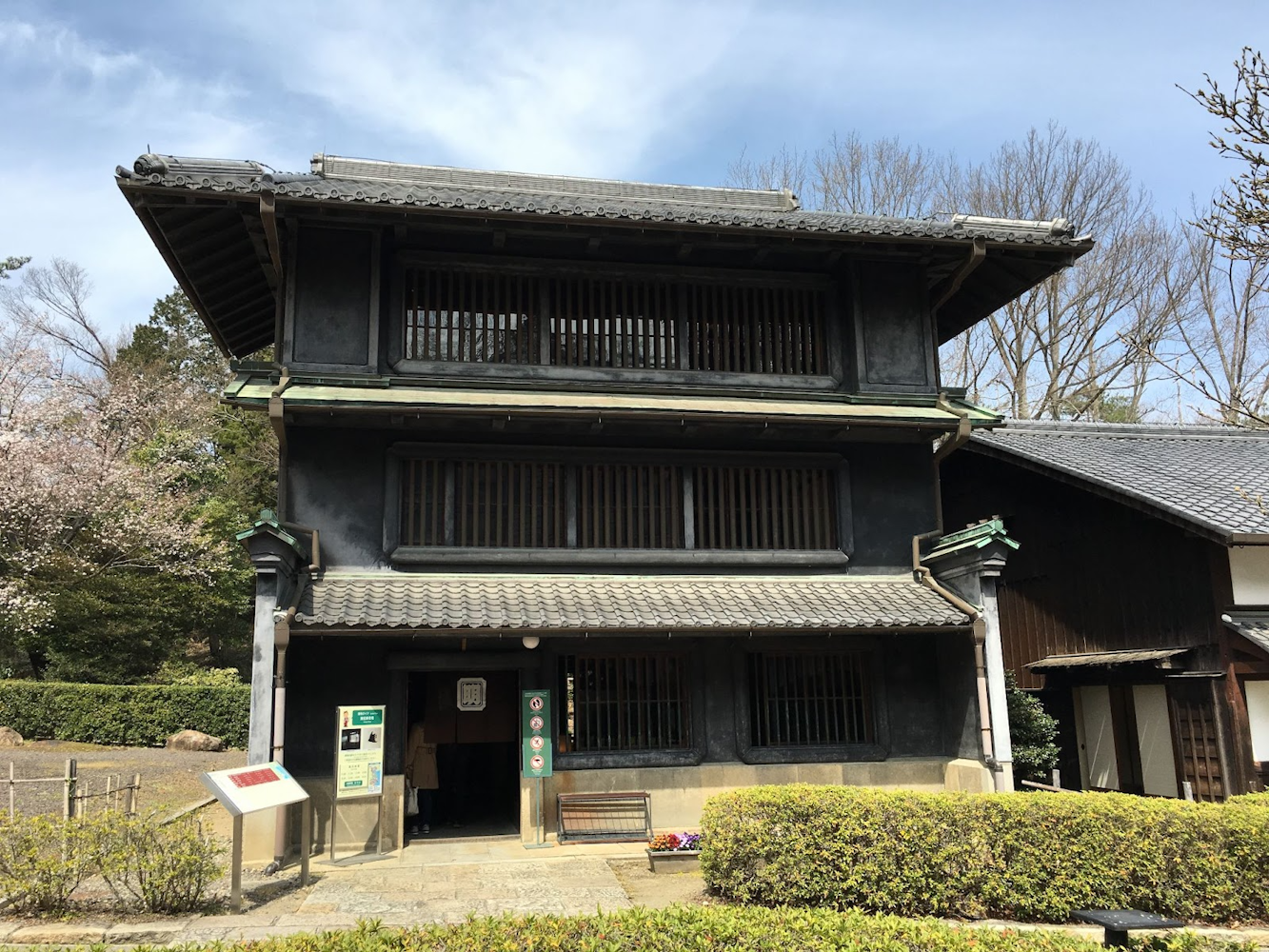
Image Credit: Wikimedia
The heart of a machiya often features a tsuboniwa, an intimate courtyard garden that invites a piece of nature into the home. This green sanctuary serves not just as a visual delight but also aids in lighting and ventilation. Another characteristic feature of many machiyas is the ofuro, a deep-soaking wooden bathtub. The ritual of bathing in an ofuro, while gazing out onto the tsuboniwa, provides a tranquil retreat from the bustle of the city.
Staying in a machiya is akin to embarking on a journey through time. As you slide open the ancient wooden doors, you enter a world imbued with a tranquil and timeless atmosphere. The scent of fresh tatami mats, the whispering sound of shoji sliding doors, and the sight of a simple yet elegant interior all coalesce to create an experience steeped in serenity and tradition.

Image Credit: Sodai gomi
While many machiyas have been thoughtfully refurbished with modern amenities for comfort, the essence of traditional living is diligently preserved. Living in a machiya, even briefly, offers a unique chance to experience the harmony, tranquility, and rhythm of traditional Japanese life.
Kyoto, known for its dedication to preserving cultural heritage, is home to a myriad of machiya stays. Iori Machiya Stay offers an array of exquisitely restored machiyas around the city, each telling its unique story. The Shoubuan Machiya Residence Inn, a 120-year-old machiya, offers a seamless blend of tradition and modern convenience. For a more luxurious experience, the Hachise Company transforms machiyas into extravagant lodgings without losing sight of their historical and architectural roots.
Staying in a machiya is far more than a lodging choice; it's an immersive cultural experience. It offers a profound connection with Japan's architectural heritage, a celebration of simplicity and elegance, and a living encounter with the enduring charm of Kyoto's past. A machiya stay, undoubtedly, is an authentic and unforgettable journey that every traveler to Japan should aspire to undertake.
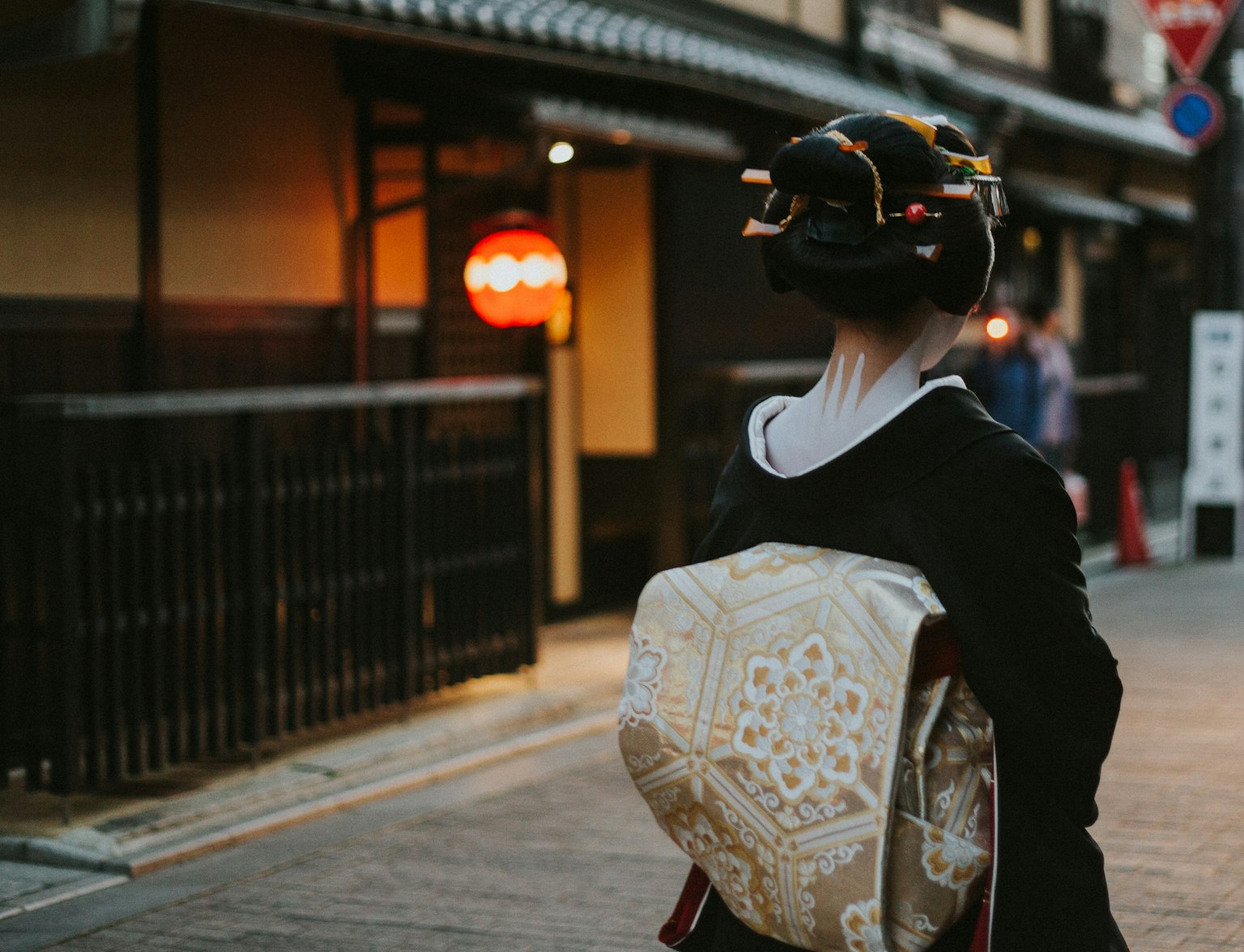
Experience the rich cultural heritage of Kyoto on this guided tour.
Away from the neon-lit skyscrapers and bustling crowds of Japan's cities, the rural countryside offers an entirely different facet of Japanese life. The concept of Nōka Minshuku, or farm stays, offers an immersive opportunity for travelers to live and work alongside local farmers, providing a taste of the country's rural charm and agrarian traditions.
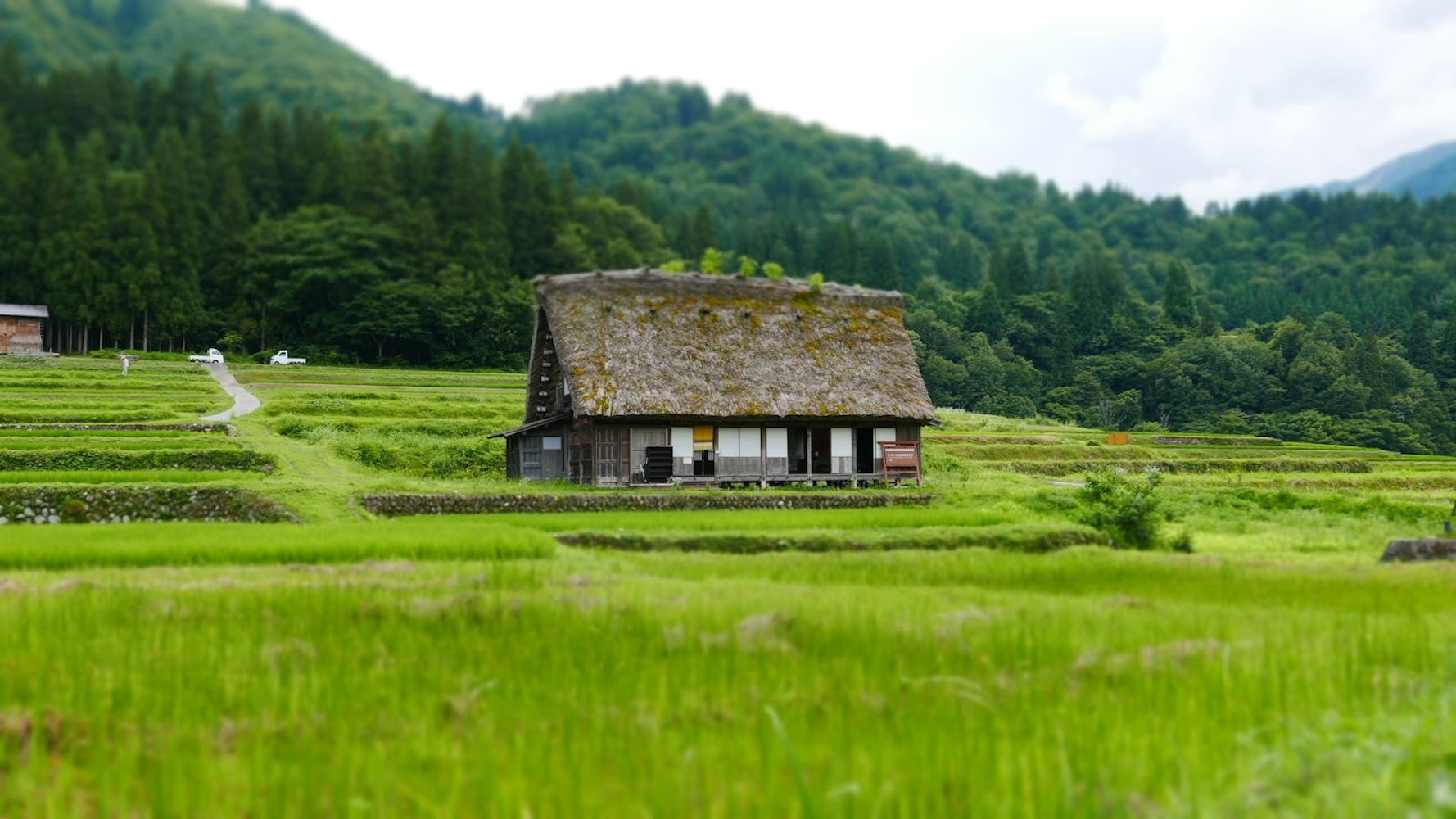
A day at a Nōka Minshuku is designed around the rhythm of the land and its seasons. The mornings often begin early, with guests joining the hosts in various agricultural activities. Depending on the time of year, this could involve planting rice, harvesting tea leaves, picking fruits, or caring for farm animals.
But it's not all work at a farm stay. There's ample time to soak in the tranquil countryside, engage in traditional rural crafts, or learn to prepare local dishes under the guidance of your hosts. As dusk falls, guests are treated to a sumptuous home-cooked meal featuring fresh farm produce and regional specialties, promising a culinary adventure right at the dining table.
Japan's rural landscape is dotted with numerous farm stays, each offering its unique experience. Kashiwazaki Country in Niigata Prefecture is renowned for its rice cultivation and invites guests to participate in the entire process, from planting to harvesting. For fruit lovers, the orchard farm stays in Yamanashi Prefecture offer a delightful experience. Here, guests can partake in fruit picking, from cherries and peaches in the summer to apples and grapes in the fall.
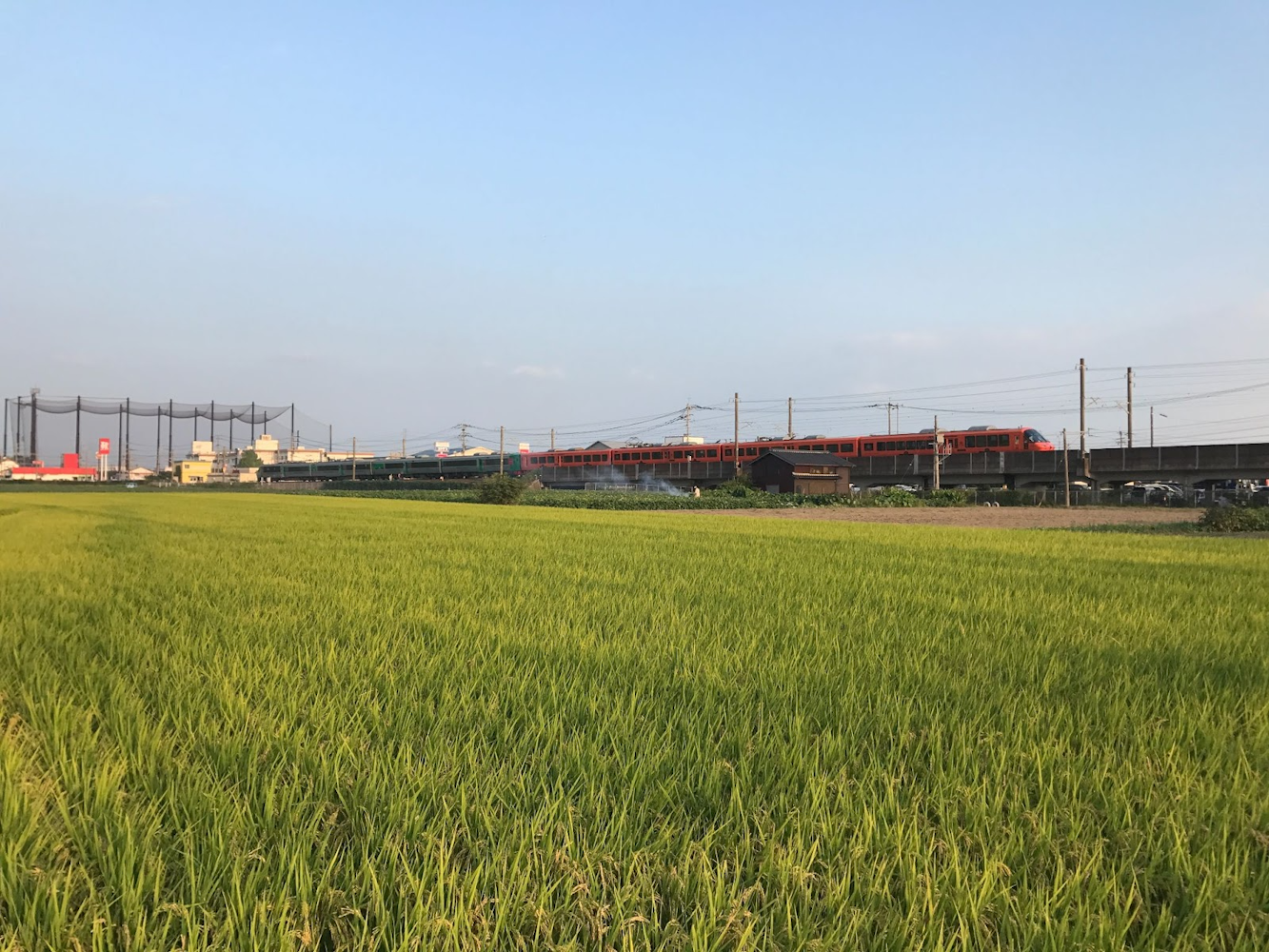
Image Credit: Wikimedia
On the southern island of Kyushu, Nagasaki Farm Stay Village offers a unique opportunity to experience rural life in a traditional Japanese farmhouse. Along with farming activities, guests can enjoy local cuisine, traditional crafts, and even a natural hot spring bath.
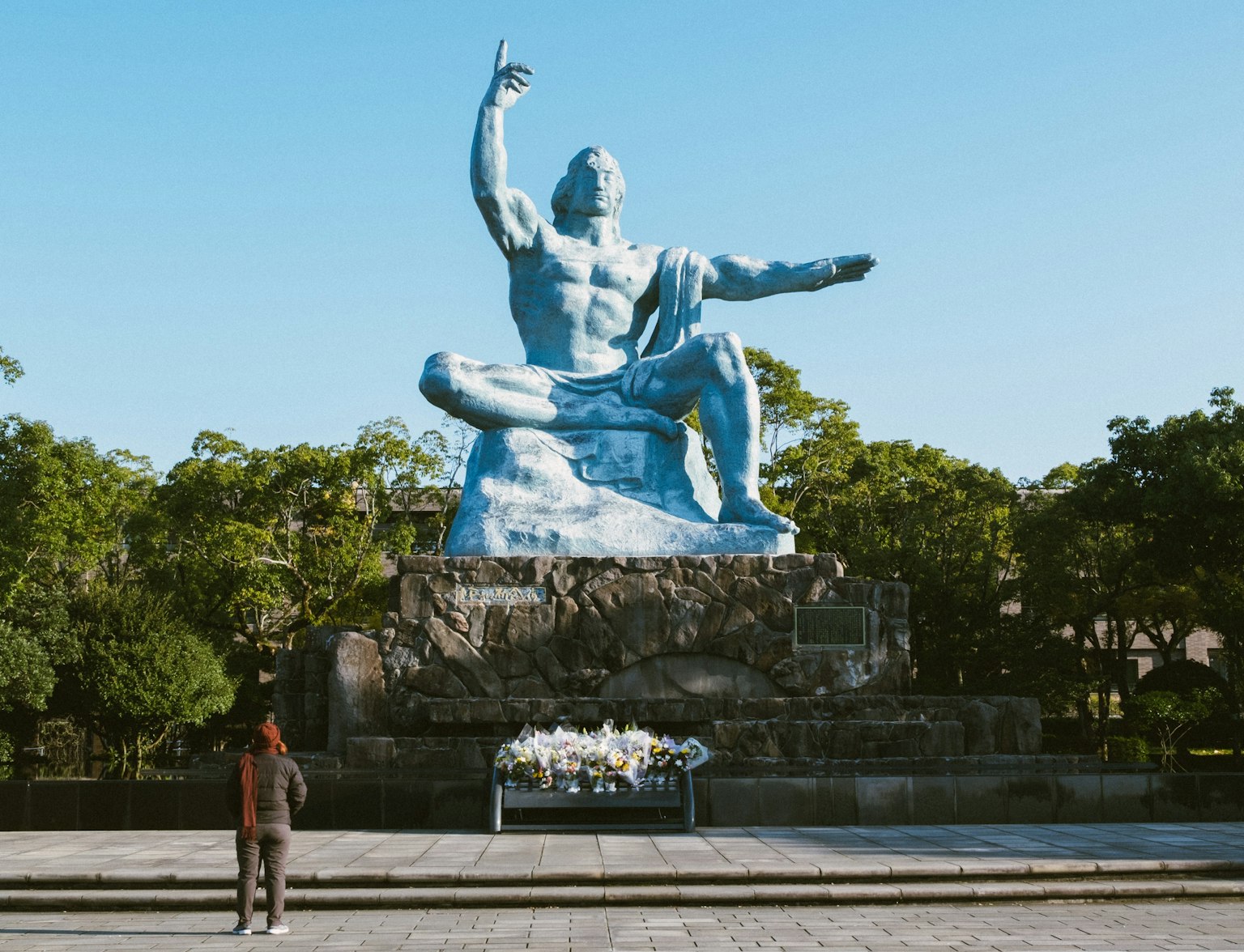
Explore more of Nagasaki with this self-guided audio tour.
Navigating through Japan's traditional and innovative accommodation options paints a vibrant picture of its rich cultural heritage. From the age-old tranquility of Ryokans to the rustic beauty of farm stays, each of these accommodations offers a unique journey into the heart of Japanese lifestyle and traditions. These experiences extend beyond mere lodging, providing an immersive cultural adventure that leaves an indelible mark on the traveler's heart.
As you chart your journey to Japan, dare to step off the beaten path. Embrace the authenticity and diversity of these quintessentially Japanese accommodations. Immerse yourself in the daily lives of the locals, soak in their customs, and let each unique experience captivate and transform you. In this journey of immersion and discovery, you will truly encounter the soul of Japan, a soul that flourishes in its rich traditions, varied landscapes, bustling cities, and, most importantly, in the warmth and hospitality of its people.
